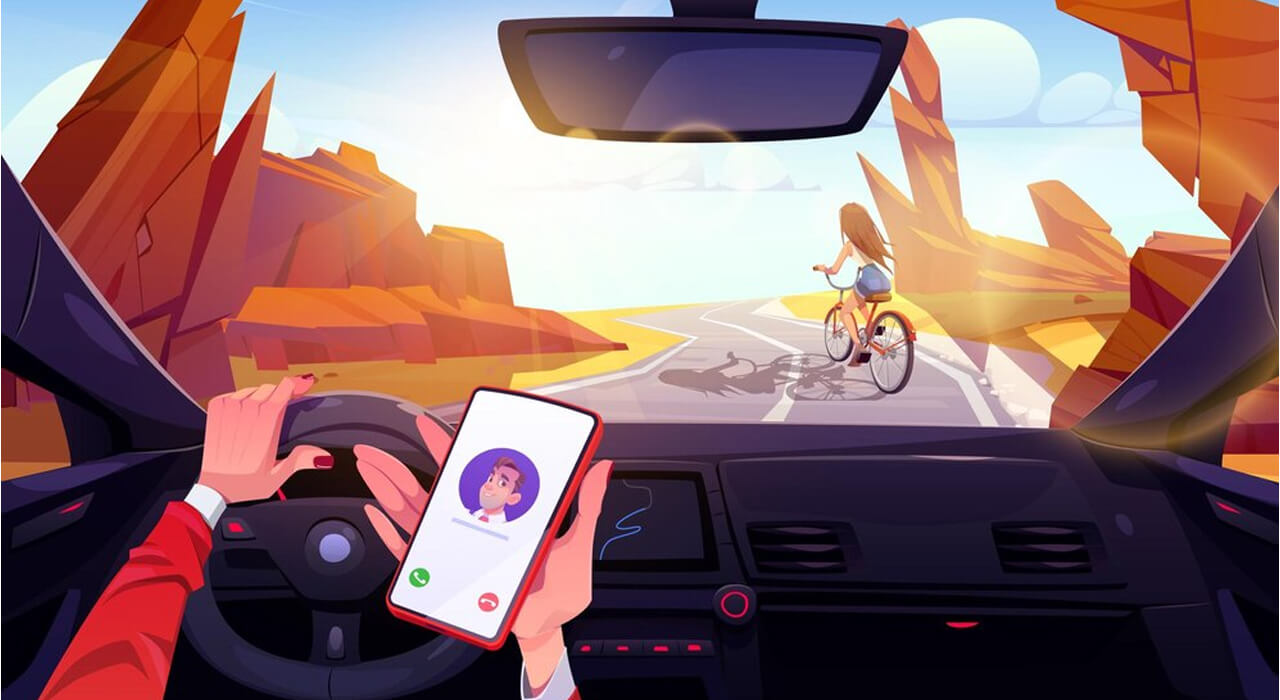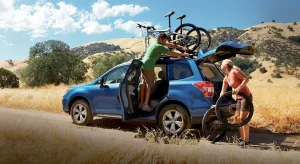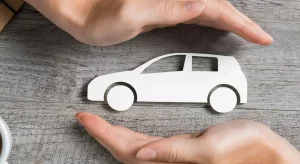Whether you’re planning a cross-country adventure or a simple weekend getaway, preparation is the key to a smooth journey. And when we talk about preparation, it goes beyond packing your bags and creating a playlist. One of the smartest things you can do is search for an auto repair near me before hitting the road. This ensures your vehicle is in optimal condition, preventing the kind of mechanical mishaps that could turn your fun road trip into a stressful ordeal.
Here’s our full list of top tips for driving long distances:
1. Plan Ahead for a Smooth Journey
The saying “failing to plan is planning to fail” couldn’t be more true when it comes to long-distance driving. Plotting your route in advance isn’t just about knowing how to get from Point A to Point B—it’s about ensuring a safer, more efficient journey. These days, various tools can help you out, ranging from navigation apps on your smartphone to the good ol’ paper maps.
Sure, spontaneity has its charm, but let’s be real: Running out of gas in a remote area? Not so charming. We suggest making a list of key waypoints along your route, like gas stations and rest stops. This way, you can refuel both your car and yourself, making your trip as smooth as possible.
2. Importance of Rest Before Driving
Driving long distances is no small feat—it demands focus and alertness. Operating a vehicle while fatigued is akin to driving under the influence, and it’s just as dangerous. In fact, an estimated 6,400 people die annually in crashes involving drowsy driving. That’s why getting a good night’s sleep before hitting the road is non-negotiable.
Apart from that beauty sleep, there are other ways to stay alert behind the wheel. For example, take short breaks or switch drivers every few hours. A cup of coffee or an energy snack could also be a quick fix, but remember, these are just short-term solutions to a well-rested state. You need to start with the best situation possible for these fixes to work their magic.
Suggestion: 9 Best SUV For Women In 2023
3. Why You Should Still Bring a Map
In an age where GPS seems like the ultimate navigation tool, the thought of using a physical map might seem antiquated. However, tech isn’t foolproof. Dead zones, incorrect data, and battery issues can make your GPS unreliable when you need it the most.
Navigating with a physical map isn’t rocket science. For those unfamiliar, start by identifying major highways or landmarks and coordinate them with your planned stops. It may be old school, but it’s also a foolproof way to ensure you’re never truly lost.
4. Car Checks Before Hitting the Road
Prevention is always better than a cure, especially when it comes to your vehicle’s condition before a long journey. A simple check can save you the hassle of unexpected breakdowns and costly repairs down the road. Always keep an eye on the basics, like your oil levels, brakes, and the ever-important tire care, for setting yourself up the best.
But don’t stop there. The exhaust system and battery are also key players in your car’s performance. A malfunction in any of these systems can not only stall your trip but could also put you in a dangerous situation. So give your car the attention it deserves before you head out.
Also Check: 9 SUVs With The Best Towing Capacity In 2023
5. Essentials for an Emergency Kit
The adage “Better safe than sorry” couldn’t be more accurate when it comes to road trips. Your car’s emergency kit should be a blend of practicality and preparedness—jumper cables, first-aid supplies, a flashlight, and even non-perishable snacks. Each of these items serves a specific purpose, from restarting a dead battery to tending minor injuries, and could be a lifesaver in a pinch.
That said, a phone number for a reliable towing company should also be in your kit. In situations where DIY solutions won’t cut it, a quick call to a towing service can get you back on the road safely and efficiently.
6. The Need for Frequent Breaks
Long hours behind the wheel aren’t just tiring—they can also put a strain on your body. Short breaks every couple of hours are vital for your physical health, letting you stretch and reduce muscle tension.
What should you do during these breaks? Stretch your legs, grab a healthy snack, or just breathe in some fresh air. Besides relieving physical strain, breaks also recharge your mental batteries, keeping your reactions sharp and making the drive safer for everyone involved.
7. How and When to Refuel
Running low on fuel isn’t just inconvenient—it can put you in some risky situations, especially if you’re driving through an area with few gas stations. The last thing you want is to find yourself stranded miles away from the nearest fuel stop.
A good rule of thumb is to start looking for a gas station when your tank hits the one-quarter mark. It’s also wise to have a list of fuel stations along your planned route. This way, you can time your stops effectively and never have to worry about running on empty.
Suggestion:
9 Best Used Luxury SUVs Under $15000 Worth Buying In 2023
8. Stay Informed About Phone Laws by State
Navigating through different states means dealing with a patchwork of laws—especially when it comes to phone use while driving. Some states are lax, but others have strict penalties for even holding your phone at the wheel. To avoid legal hassles, it’s always a good idea to know the rules of the road in each state you’ll be driving through.
A universal safe bet? Go hands-free. Devices like Bluetooth headsets or integrated car systems can help you stay connected without breaking any laws. Even better, they allow you to keep your eyes on the road and your hands on the wheel.
9. Energize with Scent
Feeling drowsy on a long drive? Scents like peppermint can give you a much-needed jolt of alertness. They’re not just pleasant to smell—according to a study published in the International Journal of Neuroscience, peppermint aroma improves tasks related to attentional processes, virtual recognition memory, working memory, and visual-motor response.
In addition to peppermint, consider eucalyptus or citrus-based scents. You can incorporate these through car-friendly essential oil diffusers or even simple air fresheners. The idea is backed by science: olfactory signals go straight to your brain, affecting both your mood and your level of alertness.
10. Keep the Fun Rolling
Road trips can quickly turn tedious without some form of entertainment. For drivers, audiobooks and music playlists can make miles fly by. Passengers have even more options, from travel-sized board games to puzzles.
For family trips, interactive games like “I Spy” or “20 Questions” can keep the kids engaged. On adult-only journeys, consider more age-oriented options like a true-crime podcast for the group or a stand-up comedy set for the solo traveler. A little planning ahead in the entertainment department can make all the difference between a monotonous drive and an enjoyable adventure.
Final Thoughts
Taking a long-distance drive is an undertaking that deserves careful planning and thorough preparation. From ensuring you get adequate rest to having your car examined at an auto repair shop, every step adds to making your trip not only enjoyable but also safe. By following these tips, you can minimize the risks and uncertainties that come with long-distance travel, ensuring a more pleasant experience for everyone involved.






